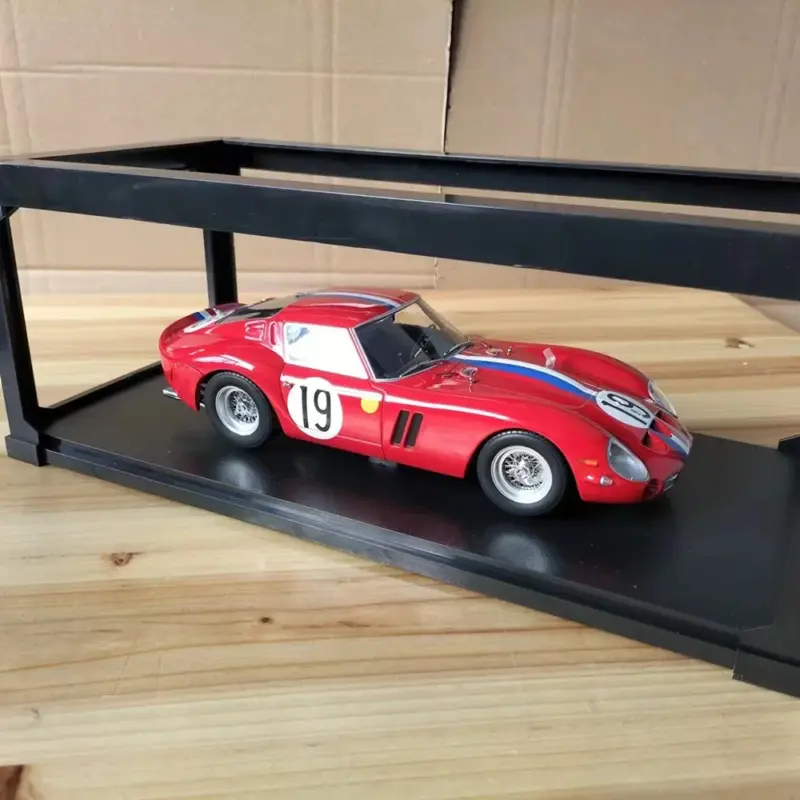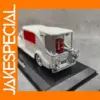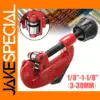The Timeless Allure of Diecast Models: Discover the Art of Collecting and Craftsmanship
Diecast models have captured the hearts of collectors and enthusiasts for decades. These meticulously crafted replicas not only celebrate engineering achievements but also evoke nostalgia and a sense of artistry. From the classic cars of the early 20th century to modern vehicles, diecast models encapsulate both history and craftsmanship. This article delves into the allure of diecast models, exploring their history, craftsmanship, and the thrill they bring to collectors.
The Historical Roots of Diecast Models
Diecast modeling has a rich history that dates back to the early 1900s. The term “diecast” refers to a manufacturing process in which molten metal is poured into a mold to create a specific shape. This method allowed for mass production of model vehicles that were both durable and affordable. The origins of diecast models can be traced to:
- Early 20th Century: The first diecast models were produced in the 1930s by companies like Dinky Toys and Corgi. These early designs primarily focused on vehicles like cars, trucks, and planes, capturing the imagination of children and adults alike.
- Post-War Boom: The 1950s and 1960s saw an explosion in diecast model collections, with brands such as Hot Wheels and Matchbox entering the market. This era celebrated speed, performance, and design, igniting a passion for model collecting that continues today.
- Technological Advances: As manufacturing technology evolved, so did the quality and detail of diecast models. The introduction of precision engineering allowed model makers to replicate even the smallest details, making them more realistic and desirable.
The Craftsmanship Behind Diecast Models
The allure of diecast models lies not just in their appearance but also in the artistry and craftsmanship that goes into creating them. Understanding the production process provides insight into why these models are so revered:
Materials and Manufacturing
Diecast models are typically made from zinc-aluminum alloys, which provide a combination of durability and weight. The manufacturing process involves several stages:
- Melting and Pouring: The metal is melted at high temperatures and poured into pre-made molds, forming the basic shape of the model.
- Casting and Cooling: Once the metal cools and solidifies, it is removed from the mold and undergoes additional processes to refine its shape and details.
- Painting and Detailing: After casting, models are meticulously painted and detailed. This step can include decals, chrome plating, and even weathering effects to mimic real-life vehicles.
Attention to Detail
The level of detail in diecast models can be astounding. High-end collectors often seek out models that include features such as:
- Opening doors and hoods
- Realistic wheels and tires
- Custom paint jobs and finishes
- Scale replicas of engines and interiors
Such intricacies showcase the dedication of model creators and enhance the overall appeal of the final product.
The Thrill of Collecting Diecast Models
For many, diecast models transcend mere toys; they represent an entire hobby and community. Collecting can be an exhilarating journey, filled with moments of discovery and connection.
Building a Collection
Starting a diecast model collection involves factors such as:
- Choosing a Niche: Whether it's classic cars, contemporary vehicles, or motorbikes, finding a niche helps define the collection.
- Researching Brands: Different brands have various levels of quality and focus. Collectors often develop preferences based on reliability and detail.
- Networking with Other Collectors: Joining forums and attending conventions allows collectors to share knowledge and discover rare pieces.
The Emotional Connection
Diecast models often serve as a bridge to the past, invoking memories of cherished automobiles or memorable moments spent with loved ones. Collectors find joy in not only acquiring models but also in storytelling—celebrating the vehicles and their cultural significance. From childhood experiences of playing with toy cars to adult appreciation of design and engineering, diecast models embody a timeless fascination.
Featured Diecast Models
To highlight the variety and craftsmanship in diecast models, consider adding some exquisite pieces to your collection:
Explore the elegance of the Ferrari 250 GTO 1:18 Scale Diecast Model. This model embodies craftsmanship, featuring:
- 1:18 scale diecast model, ideal for collectors and fans.
- Wheels that rotate, enhancing realism.
- Beautifully packaged, making it a perfect gift.
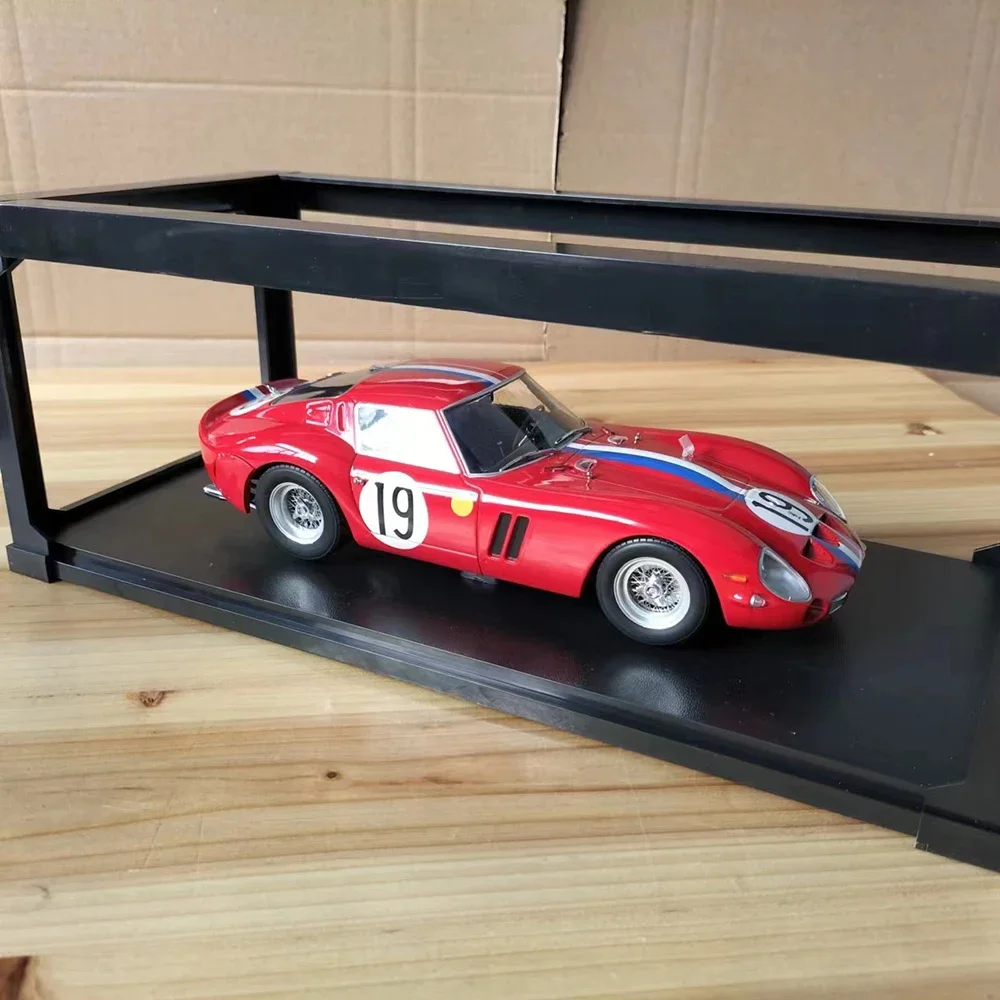
Don't miss out on the Honda Integra Type R DC5 Diecast Car Model. This unique piece features:
- Intricate design with a durable die-cast construction.
- Authentic details that showcase the original car's features.
- Front hood that opens, adding to its authenticity.
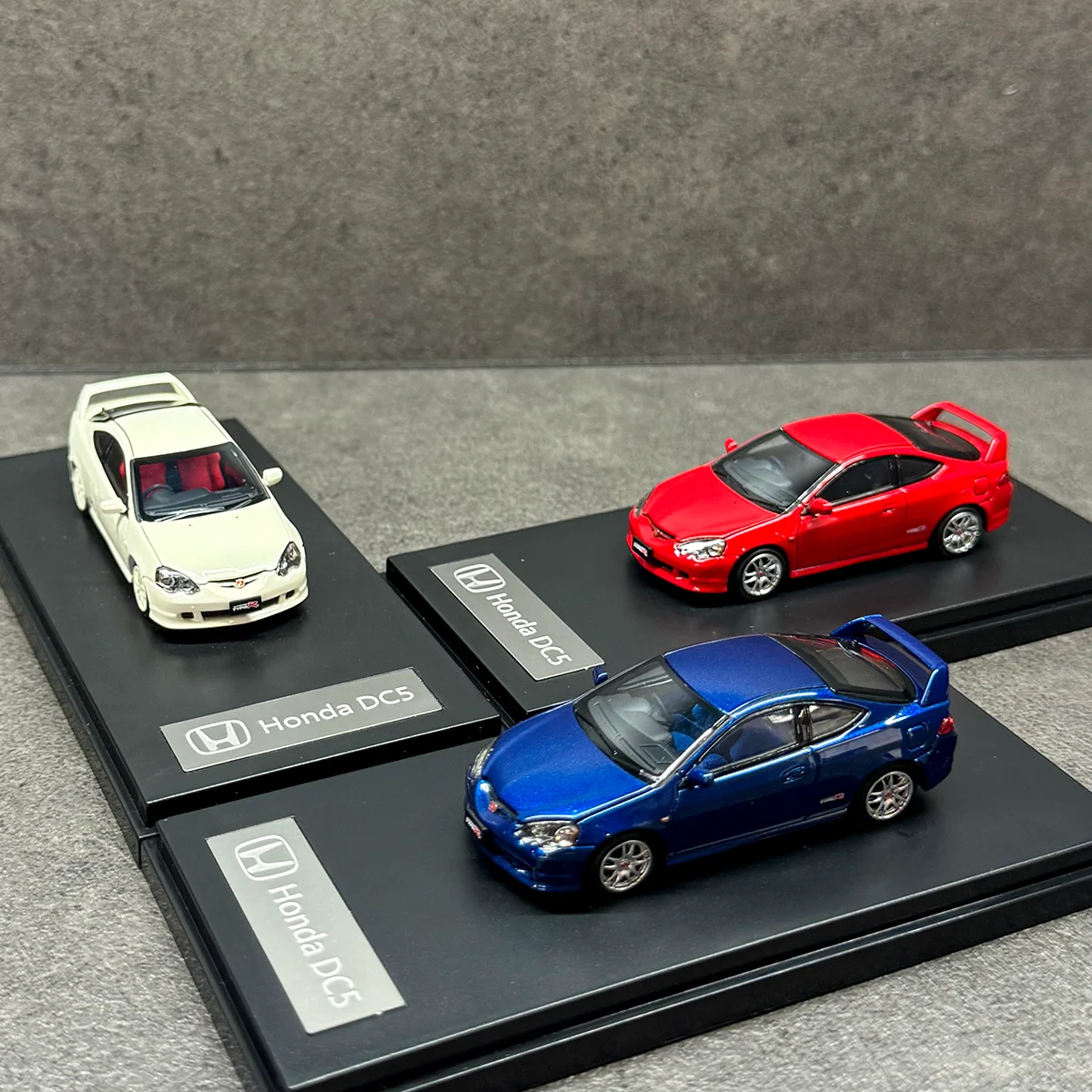
Additionally, the Toyota 2000GT Diecast Model Car by Tomica presents a stunning replica that captures the iconic design of this classic vehicle. Its features include:
- Opening driver's side door to reveal a detailed interior.
- High attention to detail with an intricate diecast design.
- Part of a renowned series, highly valued among collectors.

Conclusion
The world of diecast models is one filled with nostalgia, artistry, and craftsmanship. These miniature replicas offer more than just a reflection of automobiles; they represent a fusion of history and innovation. For collectors, diecast models provide a tangible connection to both personal memories and broader cultural narratives. As the diecast community continues to grow and evolve, the passion for these meticulously crafted pieces remains as strong as ever, ensuring that the allure of diecast models will endure for generations to come.

